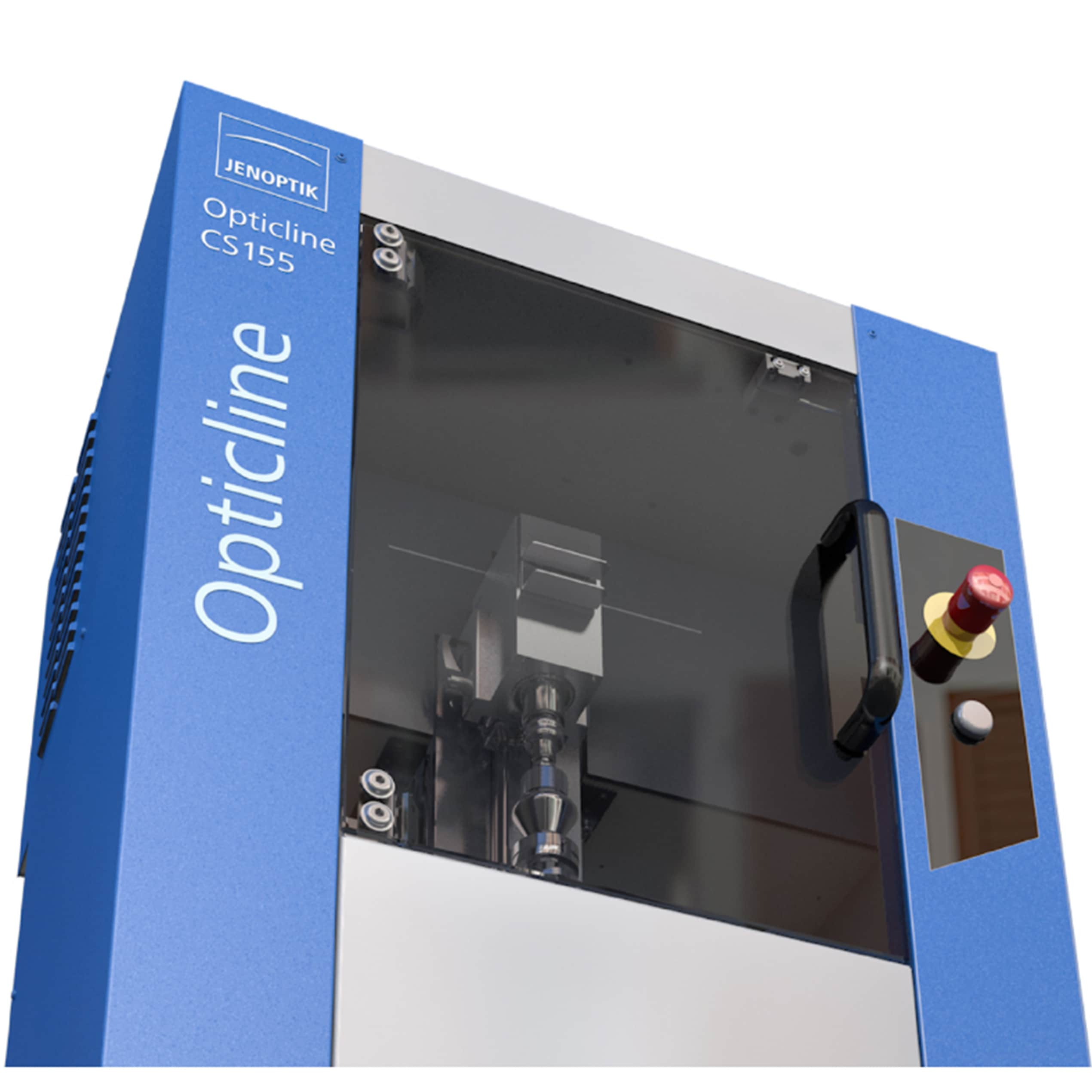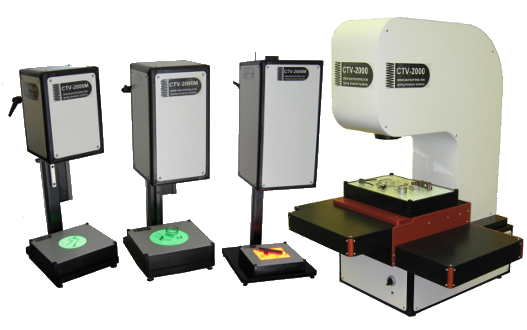Success stories of optical measurement in automotive quality control
Success stories of optical measurement in automotive quality control
Blog Article
The Duty of Optical Dimension Equipments beforehand Assessment Techniques
Optical measurement systems have transformed width, bringing a level of precision that was once unimaginable. You could be shocked to discover exactly how these innovations, based upon essential principles like representation and disturbance, are applied throughout numerous industries. Their non-contact capabilities not just improve accuracy yet additionally enhance processes. As you discover further, you'll discover just how these systems are forming the future of dimension and top quality control.
The Evolution of Assessment: A Historical Point Of View
As you check out the history of metrology, you'll discover that its evolution reflects humankind's pursuit for accuracy and standardization. From ancient people making use of body parts as units of dimension to the development of standardized weights and actions, each action shows our need for precision. The Egyptians developed the pyramids utilizing accurate dimensions, while the Romans advanced design with their advanced measuring devices.
Throughout the Renaissance, clinical advancements shifted the focus towards more empirical approaches, leading the way for modern-day metrology. The intro of the statistics system in the late 18th century noted a substantial landmark, developing universal standards. Throughout the 20th century, technical improvements additionally changed metrology, making it possible for highly accurate dimensions in various fields.
Today, assessment proceeds to develop, incorporating digital innovation and automation. This history highlights not simply the importance of dimension however additionally our ruthless quest of improving accuracy and uniformity in our progressively intricate globe.
Concepts of Optical Dimension Solutions
Understanding the concepts behind optical dimension systems is vital for exact cause assessment. You'll intend to think about fundamental optical principles, dimension precision elements, and reliable system calibration strategies. Each of these aspects plays an essential duty in guaranteeing your dimensions are precise and dependable.
Basic Optical Principles
While exploring optical dimension systems, you'll run into basic optical principles that develop the foundation of accurate information purchase. Light acts in predictable means, and comprehending these behaviors-- like representation, refraction, and diffraction-- is vital for effective dimensions. You'll utilize lenses and mirrors to manipulate light and focus it onto your target, ensuring precision in your readings. In addition, the wave nature of light permits for disturbance patterns, which can improve dimension resolution. Polarization can likewise play a crucial role in distinct signal from noise, improving the clearness of your outcomes. By grasping these principles, you'll be equipped to take advantage of optical innovations efficiently, paving the method for developments in assessment and ensuring your dimensions are both repeatable and dependable.
Measurement Precision Factors
To accomplish high dimension accuracy in optical systems, a number of variables enter play, influencing the dependability of your outcomes. First, the quality of the optical elements matters substantially. High-quality lenses and detectors reduce aberrations and sound, ensuring your measurements are exact. Second, environmental problems like temperature level and moisture can impact dimensions, so keeping a secure setting is essential. Third, the positioning of the optical system is essential; also small imbalances can bring about significant mistakes. The wavelength of light made use of influences the resolution and precision of your dimensions. By resolving these variables, you can boost the general performance of your optical measurement systems, resulting in more reliable and accurate outcomes in your assessment applications.
System Calibration Techniques
Accomplishing high dimension accuracy is just component of the equation; appropriate system calibration methods are equally essential in optical measurement systems. To ensure your system provides trusted results, you must frequently adjust it utilizing standard reference products. Start by changing the optical elements, like lenses and mirrors, to lessen methodical mistakes. Next off, use known measurements to verify the system's outcome and make essential modifications. It's additionally crucial to represent ecological aspects-- temperature and moisture can affect measurements. Carry out a routine calibration schedule to preserve consistency with time. Document all calibration procedures and results; this will help you track performance and deal with any drift in precision. With these techniques, you'll enhance the reliability of your optical measurement system.
Key Technologies Behind Optical Dimension
Optical dimension systems count on several essential technologies that enhance accuracy and effectiveness in metrology. One important innovation is interferometry, which makes use of the disturbance of light waves to determine little displacements and surface irregularities with extreme accuracy. You'll likewise find laser scanning systems, which catch comprehensive 3D information of items rapidly, making them very useful for dimensional evaluation.
Furthermore, CCD and CMOS sensing units play a substantial duty in transforming light into electric signals, enabling high-resolution imaging and precise dimensions. Advanced algorithms for photo processing better boost measurement precision by examining information in genuine time, straining noise and enhancing features.
Ultimately, fiber optics offer adaptability and the ability to determine in difficult atmospheres while maintaining signal stability. By leveraging these modern technologies, you can accomplish superior cause your width jobs, guaranteeing that your dimensions are both dependable and exact.
Applications of Optical Measurement in Sector
As markets significantly demand accuracy and performance, the applications of optical measurement systems have actually become important throughout numerous industries. In production, these systems help you keep an eye on dimensions and resistances in real-time, guaranteeing quality assurance without taxing hand-operated checks. In the automobile sector, optical dimensions assist in aligning elements with precision, boosting safety and performance.
In electronics, you're making use of optical approaches to inspect minute features on motherboard, discovering flaws that can bring about failures. The aerospace sector benefits from non-destructive testing methods, enabling you to analyze products and parts without compromising their stability.
Optical measurement likewise plays a crucial function in fabrics, ensuring textile measurements fulfill specific requirements. optical measurement systems. With their ability to provide high-resolution data rapidly, these systems empower you to make informed decisions, simplify processes, and inevitably drive innovation throughout your market
Enhancing Accuracy and Effectiveness in Measurements
When you think concerning enhancing precision in dimensions, precision in your dimension strategies is essential. By streamlining these procedures, you can accomplish quicker results without sacrificing quality. Allow's check out just how taking on innovative optical dimension systems can raise both accuracy and efficiency in your work.
Precision in Dimension Methods
Accuracy in measurement methods is essential for accomplishing trustworthy results in assessment, specifically considering that little disparities can lead to substantial errors. By utilizing innovative optical measurement systems, you can enhance the accuracy of your measurements. In addition, exact dimensions permit you to keep top quality control, guaranteeing that products meet strict specifications.
Enhancing Dimension Procedures
To boost precision and performance in dimensions, simplifying your dimension procedures is necessary. Begin by embracing optical measurement systems that offer real-time data, decreasing the time spent on manual recording. These systems often integrate seamlessly with existing software program, allowing you to automate data collection and evaluation.
Next, standardize your measurement methods. By implementing consistent treatments, you lessen variability and enhance repeatability. Don't forget to routinely calibrate your tools to assure its precision.

The Effect of Optical Dimension on Research Study and Development
As researchers undertaking to press the boundaries of advancement, optical measurement systems have ended up being crucial tools in the advancement procedure. These systems provide you with exact, real-time information that boosts your ability to examine intricate products and frameworks. In various fields, from biotechnology to aerospace, you depend on optical dimensions to maximize layouts and improve item efficiency.

With high-resolution imaging and non-contact methods, you can reduce sample disturbance, enabling more precise results. This capability to catch minute details increases your R&D cycle, letting you repeat layouts promptly and efficiently. Additionally, optical measurement promotes collaboration throughout disciplines, as the data generated is typically quickly interpretable and shareable.
Eventually, integrating optical dimension systems into your research not only enhances efficiency however also grows your understanding of the sensations you research. By leveraging these advanced techniques, you're better equipped to innovate and remain ahead in an affordable landscape.
Future Patterns in Optical Measurement Systems
With the quick advancement of technology, you're most likely to see considerable shifts in optical dimension systems that will certainly redefine their application across various sectors. You'll additional info discover a move towards increased automation and assimilation of man-made intelligence, enabling for real-time data evaluation and improved precision. Miniaturization is one more trend; compact gadgets will allow measurements in tighter spaces, making them ideal for areas like aerospace and biomedical applications.
Expect to see systems that can operate in challenging atmospheres, giving reputable dimensions in severe conditions. As these modern technologies converge, you'll find that optical measurement systems not only enhance precision however additionally simplify workflows, inevitably driving technology and efficiency in your projects.
Frequently Asked Concerns
Just How Do Optical Dimension Systems Contrast to Traditional Measurement Techniques?
Optical dimension systems supply greater accuracy and faster outcomes compared to standard strategies. You'll find they catch learn this here now even more information factors properly, lowering human mistake and boosting reliability, making them a preferred choice in various applications.
What Industries Advantage A Lot Of From Optical Measurement Solutions?
You'll find sectors like aerospace, automotive, and electronic devices profit most from optical dimension systems. These fields rely upon exact measurements to guarantee top quality and efficiency, improving effectiveness and decreasing costs via innovative modern technology.

Are Optical Dimension Solutions Expensive to Execute?
Optical dimension systems can be pricey to carry out, but their accuracy and efficiency usually justify the price. Buying such modern technology can result in substantial long-term financial savings and improvements in top quality across different applications.
What Skills Are Needed to Operate Optical Dimension Systems?
To operate optical measurement systems, you'll need solid logical abilities, interest to information, and efficiency in software tools. Knowledge with optics and an understanding of measurement concepts will likewise boost your effectiveness and effectiveness.
How Do Ecological Factors Impact Optical Measurements?
Ecological variables like air, humidity, and temperature high quality can distort optical measurements. You'll observe variants in precision as a result of light disturbance or refraction. optical measurement systems. Maintaining stable conditions is essential for dependable and exact optical dimension outcomes
Verdict
In recap, optical dimension systems are reinventing assessment by giving unparalleled accuracy and performance. By using innovative principles and technologies, these systems enhance precision while decreasing interruptions in various markets. As you check out future fads, you'll see exactly how the integration of AI and automation will certainly remain to elevate measurement techniques, driving innovation and boosting quality assurance. Embracing these innovations will certainly be vital for remaining affordable and accomplishing excellence in your area.
Accomplishing high measurement precision is only component of the formula; appropriate system calibration techniques are similarly important in optical dimension systems.When you believe concerning boosting precision in measurements, precision in your measurement strategies is vital. By utilizing sophisticated optical dimension systems, you can improve the precision of your measurements.To boost accuracy and effectiveness in dimensions, improving your dimension processes is necessary. How Do Optical Dimension Solutions Contrast to Conventional Dimension Techniques?
Report this page